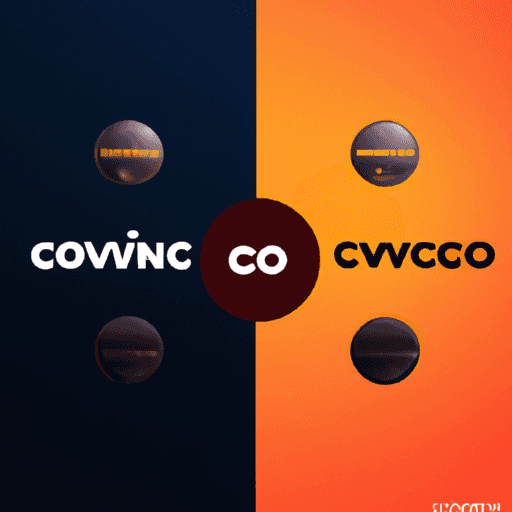Color grading is a crucial step in video post-production for achieving cinematic results. DaVinci Resolve, a powerful non-linear editing software, provides extensive tools to enhance your video's visual appeal. This article explores essential color grading techniques using DaVinci Resolve, suitable for both beginners and professionals.
Firstly, understanding the fundamentals of color grading is paramount. This includes the use of color wheels, curves, and the manipulation of contrast and saturation to evoke the desired mood. DaVinci Resolve offers these tools with a user-friendly interface, empowering editors of all skill levels to achieve compelling results.
DaVinci Resolve's seamless integration with other editing software like Adobe Premiere and Final Cut Pro streamlines the post-production workflow. You can import projects from these platforms into DaVinci Resolve specifically for color grading and export them without quality loss.
For those involved in video production, whether for platforms like kingbet89 link or other content creation, mastering color grading techniques can significantly elevate your work. It not only enhances the professional look of your videos but also aids in more effectively conveying your narrative.
Finally, experimentation is key to success. Don't hesitate to experiment with the available presets, LUTs (Look-Up Tables), or create your own. Consistent practice will help you develop a unique color grading style for your projects.
